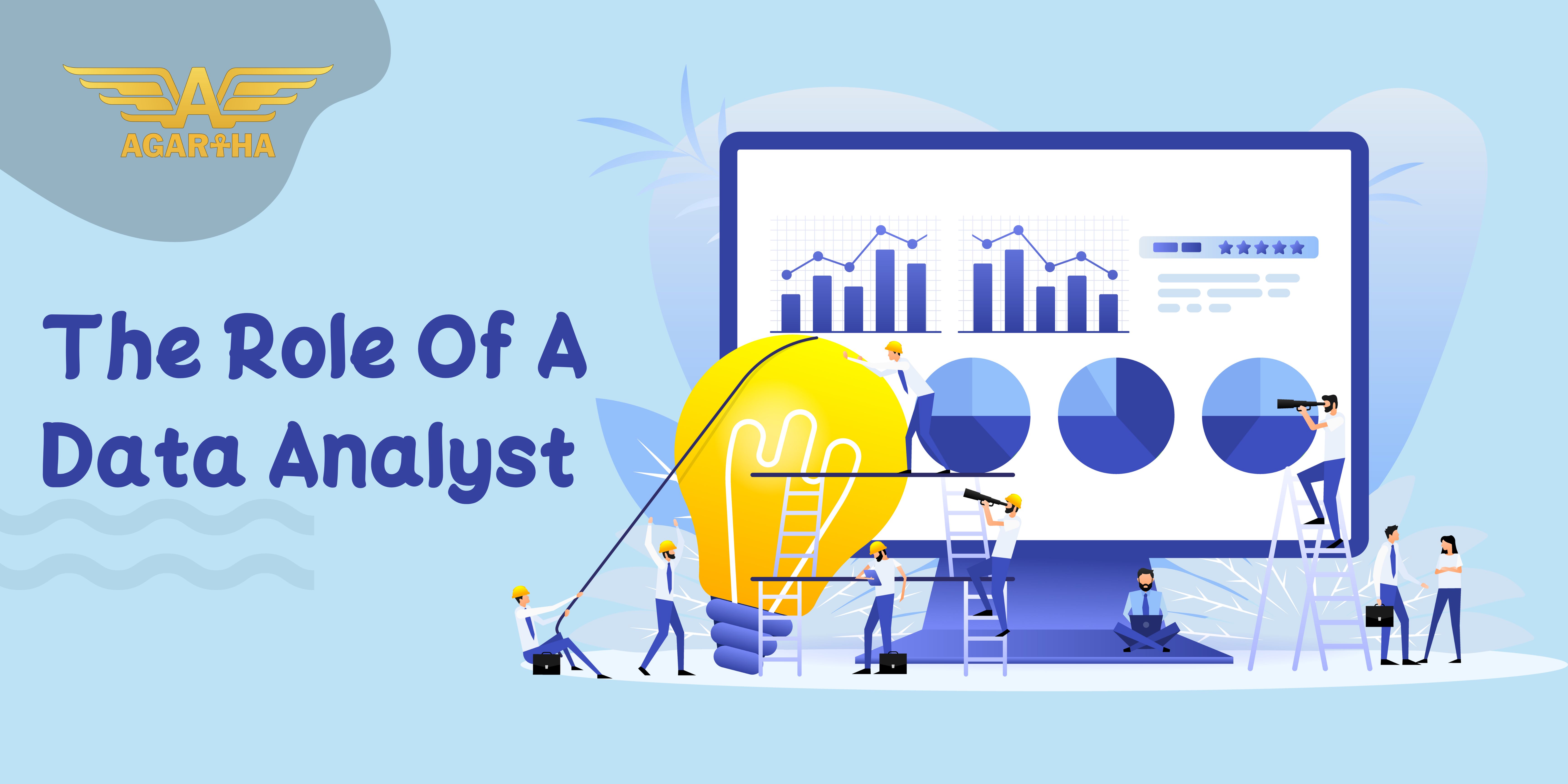Introduction:
In today's data-driven landscape, the role of a data analyst stands as a linchpin in the success of organizations across various industries. With businesses accumulating vast volumes of data through diverse channels, the need for professionals who can extract meaningful insights from this wealth of information has become paramount. Much like a skilled detective deciphering clues to solve a case, data analysts sift through mountains of raw data to uncover patterns, trends, and correlations that can guide strategic decision-making.
Imagine a scenario within an online retail company where data pours in daily from customer purchases, website interactions, and social media engagements. Despite this influx of information, the data remains disorganized, akin to scattered puzzle pieces without a clear picture. Without proper analysis, the company risks missing out on opportunities to enhance customer experiences, boost sales figures, and maintain a competitive edge in the market. This is precisely where the expertise of a data analyst shines through.
At the heart of a data analyst's responsibilities lies
the task of collecting, organizing, and analyzing data to extract actionable insights. This involves not only crunching numbers but also interpreting trends and foreseeing potential implications for the business.
Strategic thinking is paramount as analysts prioritize tasks and allocate resources to ensure their efforts contribute to the organization's long-term objectives. By delving into both short-term needs and overarching goals, data analysts play a pivotal role in shaping the trajectory of a company.
Furthermore, awareness of the impact of their analyses is crucial for data analysts to navigate ethically and responsibly through their findings. They must consider the potential consequences of their recommendations, guarding against biases and ensuring the integrity of data privacy and security. Cultivating a culture of evidence-based decision-making, data analysts advocate for the adoption of data-driven strategies across all levels of the organization.
A deep understanding of the context in which they operate is another cornerstone of a data analyst's skill set. By immersing themselves in industry trends, market dynamics, and organizational objectives, analysts tailor their analyses to address specific business needs effectively. This contextual insight allows them to deliver insights that are not only relevant but also actionable, empowering stakeholders to make informed decisions.
To wield their analytical prowess effectively, data analysts harness a diverse array of tools and technologies. Programming languages such as R and Python serve as their instruments of choice for data manipulation and statistical analysis, while visualization tools like Microsoft Power BI bring data to life in meaningful ways. Proficiency in database management systems such as SQL enables analysts to wrangle data into a usable format, ready for analysis.
In essence, data analysts serve as the guiding lights in navigating the vast sea of data that modern businesses navigate. Their ability to distill complex information into actionable insights empowers organizations to seize opportunities, streamline operations, and maintain a competitive edge in an increasingly data-driven world. As the custodians of data-driven decision-making, data analysts play an indispensable role in shaping the future trajectory of businesses worldwide.
Phases of Data Analysis:
- Problem Identification and Data Collection
- Data Cleansing and Processing
- Data Exploration and Analysis
- Insight Generation and Recommendations
- Implementation and Impact Assessment
Learn more in a new article about “How To Become A Data Analyst”

